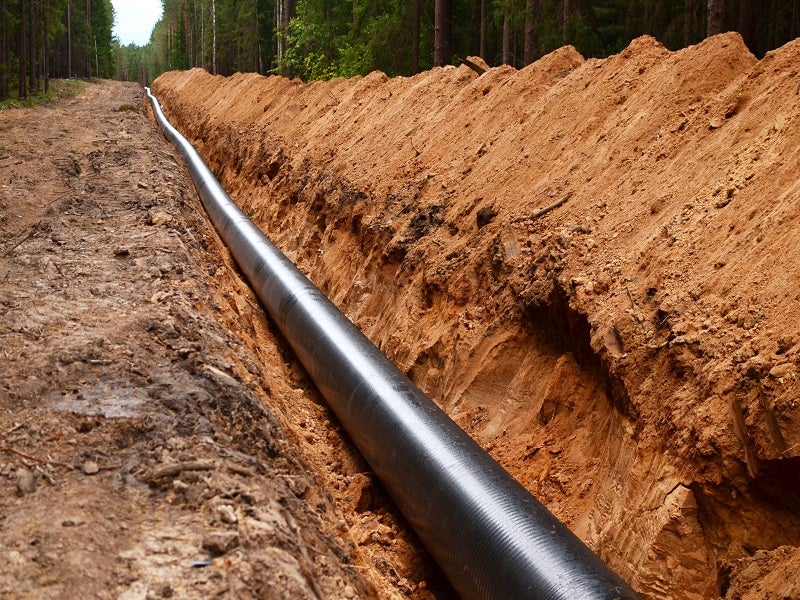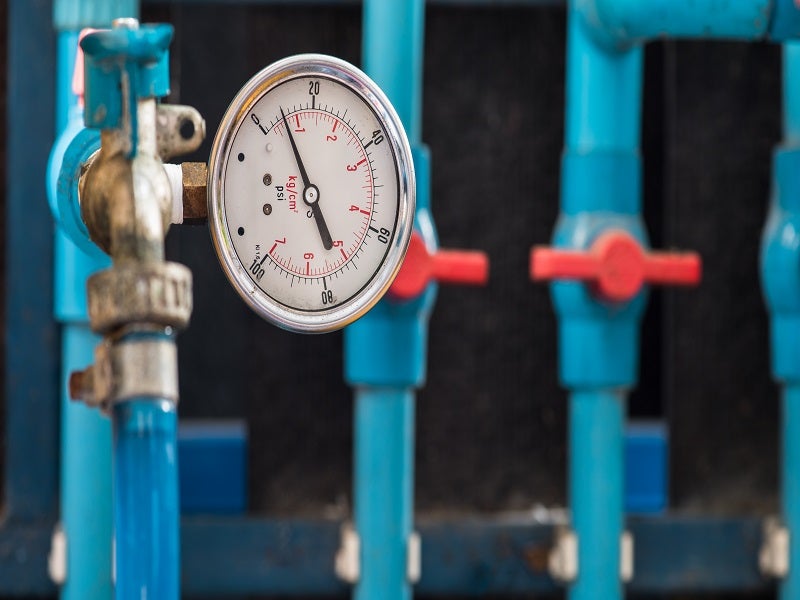Cheyenne Connector pipeline project is a 113km interstate natural gas pipeline designed to connect the Denver-Julesburg Basin (D-J Basin) in northern Colorado to the Rockies Express Pipeline Cheyenne Hub (REX Cheyenne Hub) near the Colorado/Wyoming border, US.
Cheyenne Connector, a Kansas-based limited liability company and subsidiary of Tallgrass Energy, is responsible for the construction of the project. The company will own and operate the project upon completion. Tallgrass Energy is developing the project jointly with Western Gas Partners and DCP Midstream, who have an option to invest in the project.
DCP Midstream exercised its option after the pipeline project received approval from the Federal Energy Regulatory Committee (FERC) in September 2019 and subscribed to 50% equity in the project.
The total investment in the pipeline is estimated to be $213.3m (£162.4m).Construction on the project commenced in the fourth quarter of 2019 and it is expected to be commissioned in 2020.
Cheyenne Connector project design and route details
The underground connector project has a diameter of 36in and an initial design capacity of approximately 600 million cubic feet (mcf) of natural gas per day with a scope for expansion. The maximum allowable operating pressure (MAOP) proposed for the pipeline is 1,480psi.
The pipeline project area is spread vertically across the south of Wyoming-Colorado border, crossing agricultural, rangeland, and rural residential areas.The pipeline will transport natural gas produced by gas processing plants owned by affiliates of Anadarko Petroleum Corporation and DCP Midstream under initial agreements signed with Tallgrass. These processing plants include Anadarko’s Lancaster processing facility and DCP’s Mewbourn processing facility.
Cheyenne Connector pipeline project infrastructure details
The connector pipeline project includes the construction of five interconnect and measurement facilities at Anadarko Lancaster Interconnect Meter Station, Anadarko Latham Interconnect Meter Station, DCP Mewbourn Interconnect Meter Station, and Rockies Express Interconnect Meter Station.
Further, an interconnect and measurement facility and a 400m lateral pipeline with a diameter of 24in will connect to DCP O’Connor Interconnect Meter Station and Connecting Pipeline.
The measurement facilities will include equipment to measure the volumes and quality of natural gas flowing through the pipeline. The equipment will be housed within a small building measuring 8ft by 10ft.The ancillary facilities of the pipeline will include three mainline valves (MLVs), and in-line inspection facilities such as pig launching and receiving equipment. One new associated compressor station will also be built in Weld County, Colorado.
Cheyenne Connector project construction
The route and proposed pipeline facilities of the Cheyenne Connector have been designed adjacent to existing pipeline rights of-way and roads, and inactive agricultural fields to minimise the impact on landowners.
Approximately 70% of the pipeline construction proposed is adjacent to existing pipelines, transmission lines, roads, and commercial development, while 46% is co-located with existing pipeline corridor.
Cheyenne Connector pipeline benefits
The D-J Basin is spread across the states of Colorado, Wyoming, Nebraska, and Kansas and is centred in the area of eastern Colorado. Production in the basin has increased over the years and expected to remain strong growing at 6%. Natural gas demand has also increased from industries such as electric generation, chemical industry, and industrial heat and power.
The pipeline will enable producers in the DJ Basin to access to the REX mainline and deliver the natural gas to demand centres. The REX mainline was earlier inaccessible to the producers as it operated at a higher pressure than other pipelines in Cheyenne.
The REX mainline will also enable producers to access to other interconnected pipeline systems at the REX Cheyenne Hub and reach end users in the west, Midwest, Gulf Coast and Southeast markets. End-users in these markets will benefit through the availability of another source of natural gas and better pricing.




